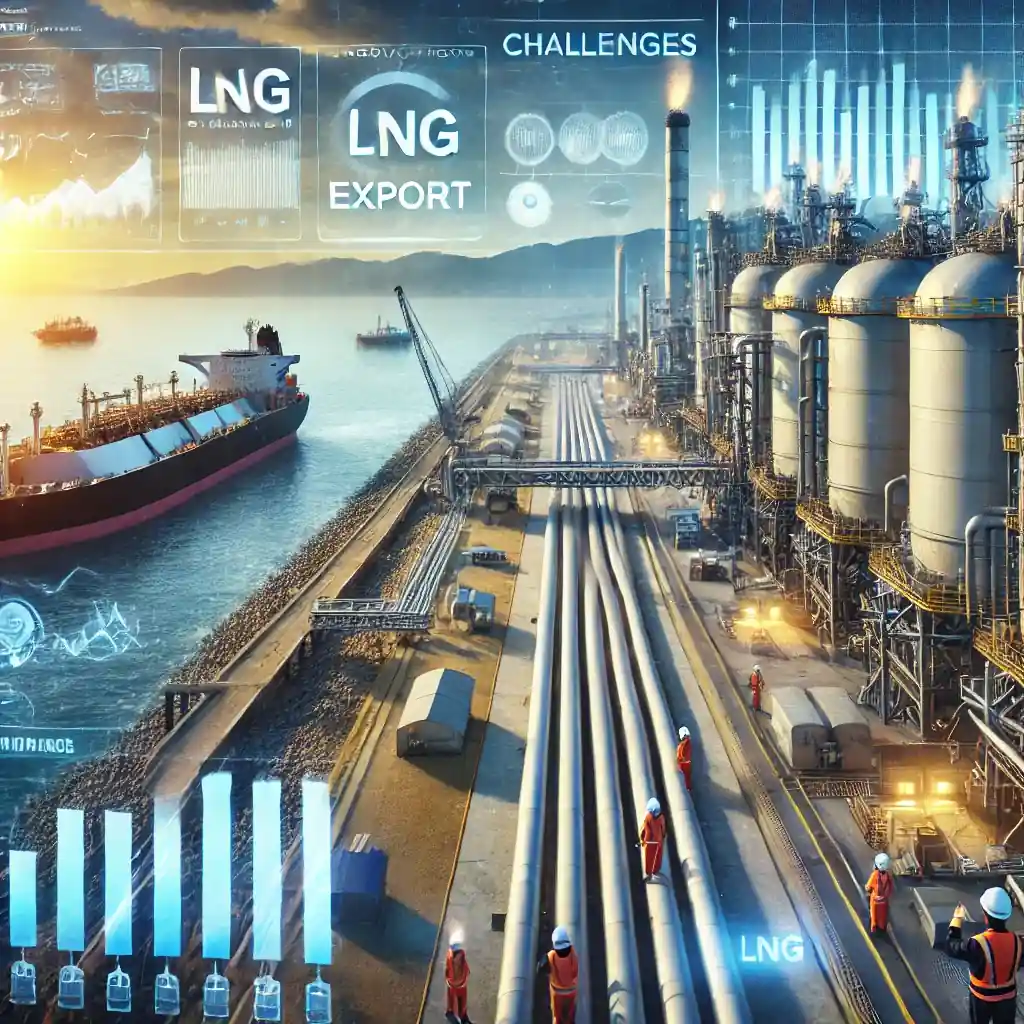LNG Demand Faces Rare Decline in the U.S.
For the first time since U.S. liquefied natural gas (LNG) exports began in 2016, feedgas demand has declined. Data shows flows to LNG export facilities averaged 13.0 billion cubic feet per day (bcfd) in 2024, down from 13.1 bcfd in 2023. This marks a significant moment for the U.S., the world’s largest LNG exporter and a critical supplier to Europe amid geopolitical tensions.
Key Drivers of Reduced Gas Demand
Several factors contributed to the decline in demand. Notably, outages at the Freeport LNG plant in Texas, one of the largest U.S. facilities, disrupted production. At least one of Freeport’s three liquefaction trains experienced downtime every month in 2024, except October. Additionally, delays in new LNG plant construction, including cost overruns, further hampered supply.
Challenges in Expanding LNG Infrastructure
New LNG projects face hurdles, including labor shortages and supply chain challenges. Venture Global’s Plaquemines facility, which started production recently, went over budget by $2.3 billion. Similarly, the Golden Pass plant in Texas, owned by ExxonMobil and QatarEnergy, exceeded its budget by $2 billion and delayed operations to late 2025 due to contractor issues.
Optimism for Future Growth
Despite this year’s challenges, the industry remains optimistic. U.S. LNG capacity is projected to more than double over the next four years. By 2028, capacity is expected to reach 24.2 bcfd, up from the current 13.8 bcfd. The completion of new projects in the coming years, such as Golden Pass and other Gulf Coast facilities, is expected to drive significant growth.
Global Context and Market Dynamics
The global LNG market remains tight, with high prices in Europe driven by geopolitical uncertainty and seasonal demand. U.S. plays a pivotal role in stabilizing this market. Improved efficiencies have allowed exports to rise marginally this year, even with reduced feedgas supplies.
Long-Term Demand Outlook
Analysts predict a 2 bcfd rise in feedgas demand in 2025, signaling recovery. The U.S. is positioned between two phases of LNG expansion, creating a temporary lull in growth. Industry experts remain bullish on natural gas demand, with projections of strong growth over the next five years.
The Role of Natural Gas in Energy Transition
As the global energy landscape evolves, natural gas continues to be a bridge fuel. Its importance in meeting global energy demands, especially in the wake of renewable energy adoption, underscores the U.S.’s critical role as an exporter.




